Mammals have adapted to thrive in some of the world’s harshest environments. From scorching deserts to icy tundras, these creatures have evolved unique traits to survive in extreme conditions. In this article, we explore some of the most unusual mammals that have made these unforgiving habitats their home. Each of these animals demonstrates the incredible adaptability and resilience of nature. Their stories are as fascinating as the environments they inhabit.
Snowshoe Hare
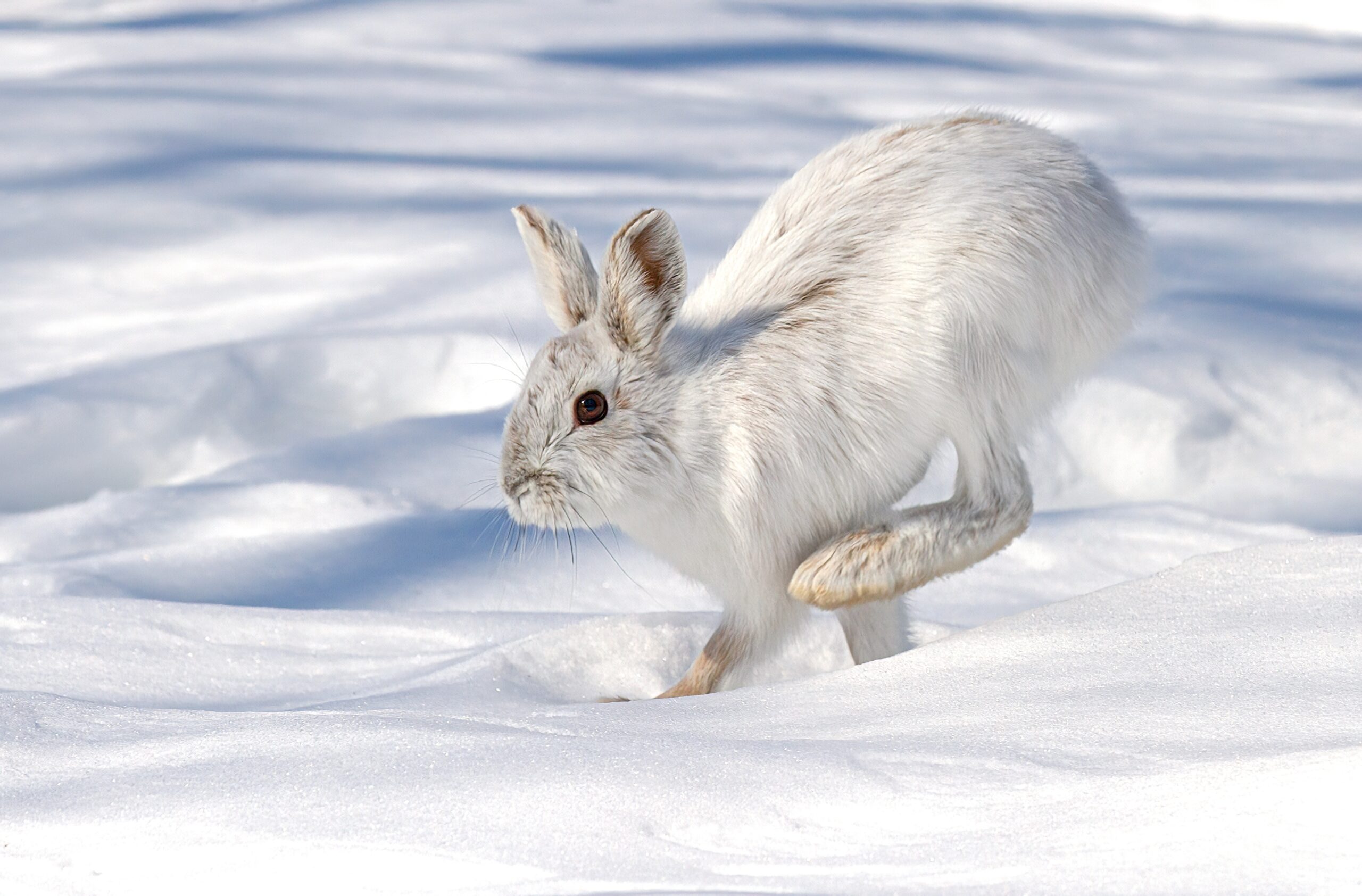
The Snowshoe Hare, found in North America’s boreal forests, is known for its large hind feet. These feet act like snowshoes, preventing it from sinking into deep snow. It has a seasonal coat that changes color, white in winter and brown in summer, providing effective camouflage. This hare is primarily nocturnal and feeds on vegetation, including twigs, bark, and leaves. Its ability to thrive in cold, snowy environments is due to its thick fur and keen sense of hearing. It plays a key role in the food chain, serving as prey for various predators.
Galápagos Fur Seal
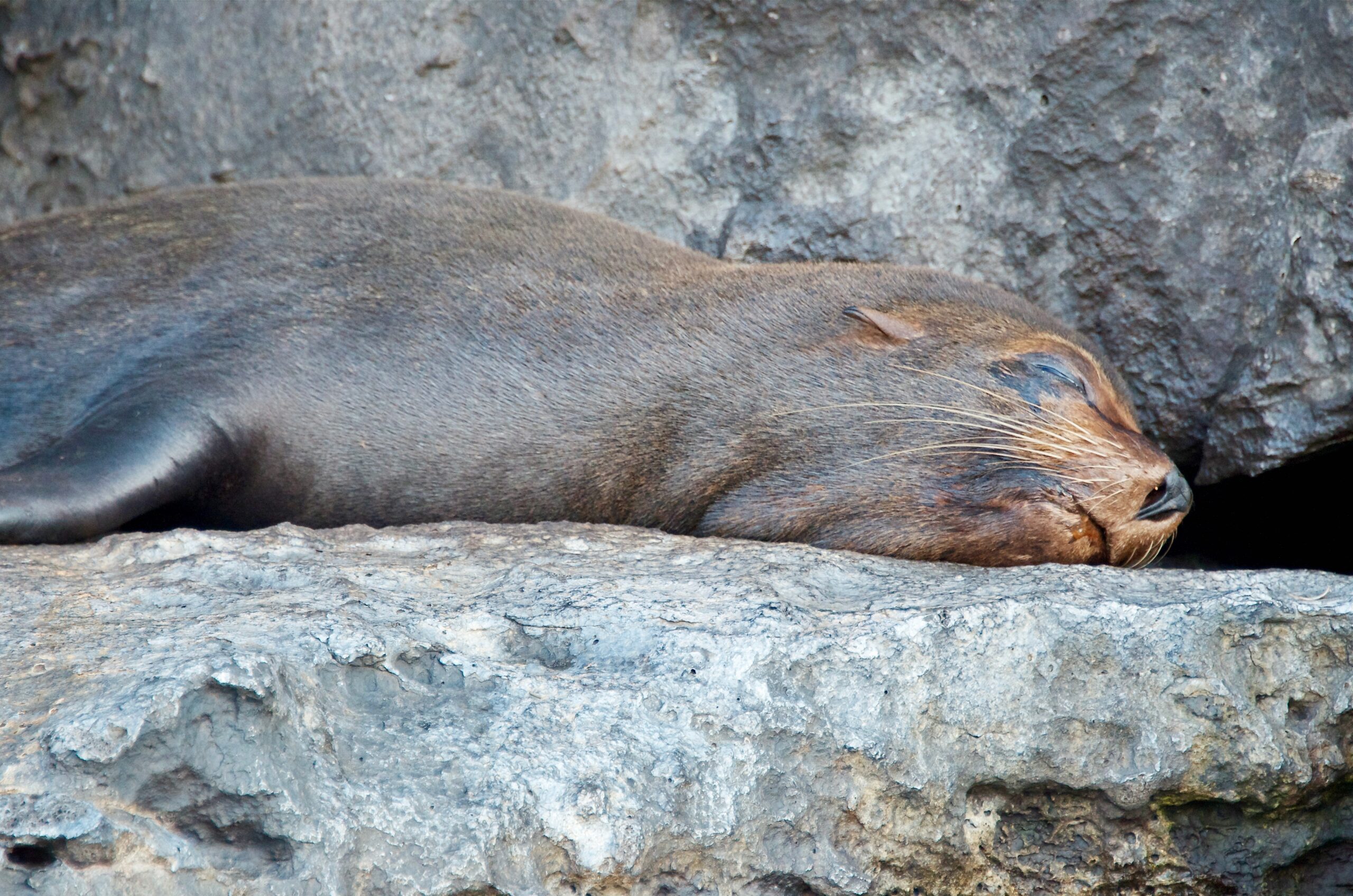
The Galápagos Fur Seal is the smallest of the fur seals, living primarily on the rocky shores of the Galápagos Islands. It has a thick, dense coat that helps it stay warm in cold water. These seals are excellent swimmers, capable of diving deep to catch fish and squid. They spend much of their time on land, basking on rocks to regulate their body temperature. Unlike most seals, they prefer shaded areas during the day to avoid overheating. Their ability to adapt to both land and sea environments is remarkable, making them true survivors in an isolated and extreme habitat.
Platypus
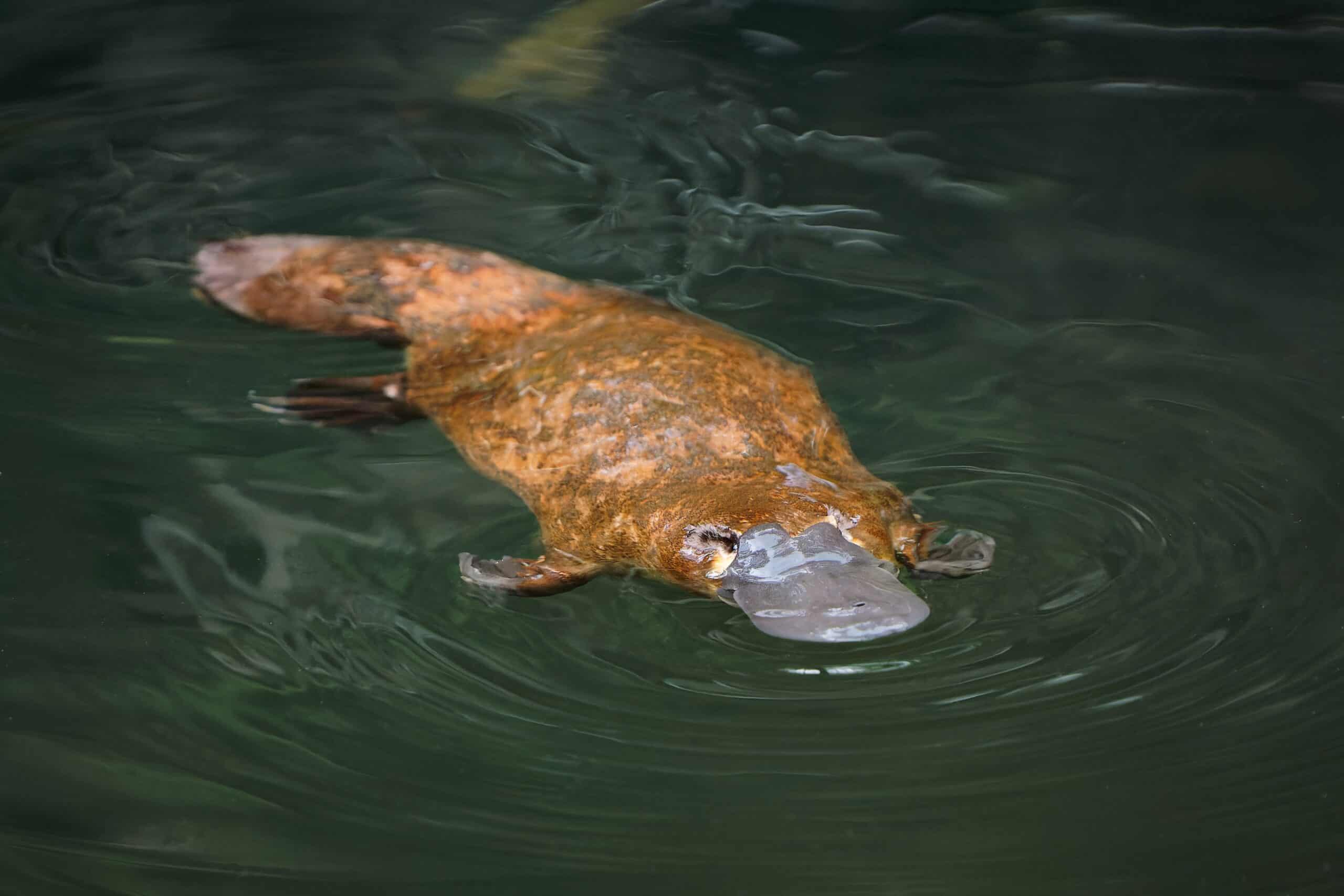
The Platypus is one of the most unusual mammals, native to eastern Australia. It is a monotreme, meaning it lays eggs instead of giving birth to live young. The platypus has a duck-like bill, webbed feet, and a beaver-like tail. It lives in freshwater rivers and streams, where it hunts for food using its sensitive bill to detect prey. It feeds on insects, larvae, and small aquatic animals. The platypus is nocturnal and spends much of its time in burrows near water. Its ability to thrive in both aquatic and terrestrial environments makes it a unique and adaptable mammal.
Yak
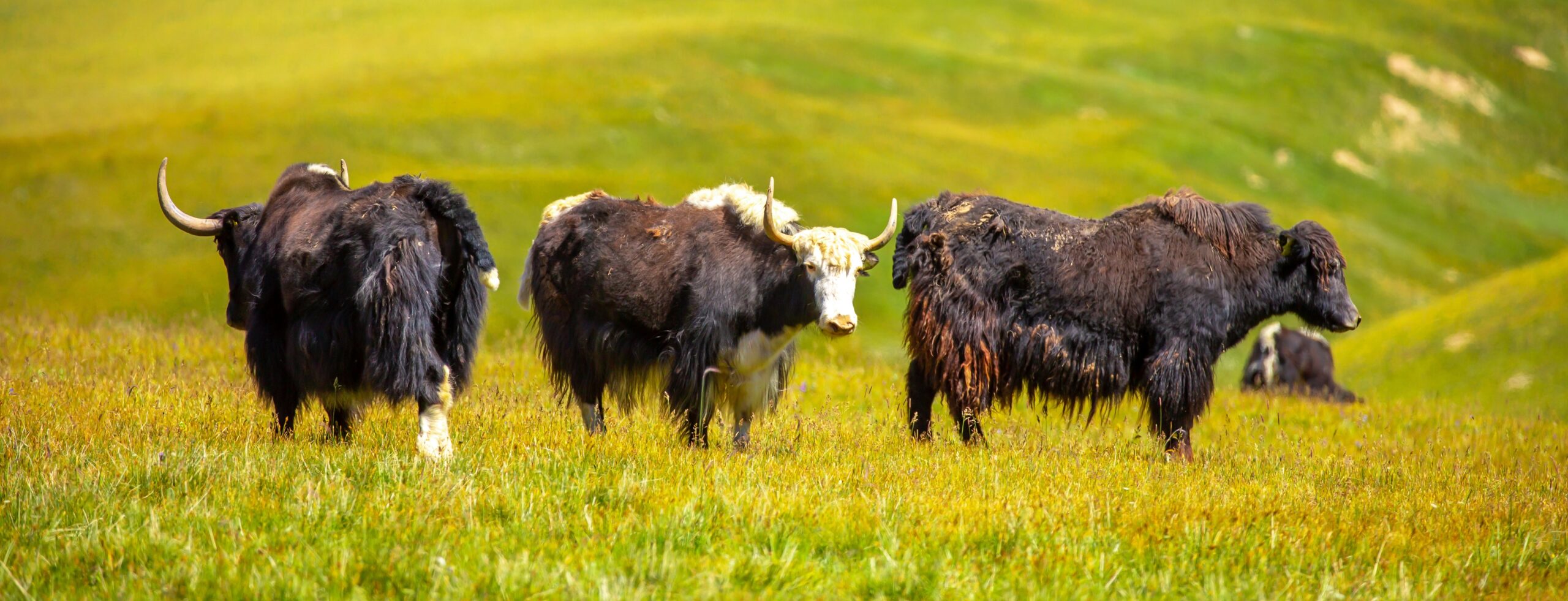
Yaks are large, long-haired bovines found in the high-altitude regions of the Himalayas. They have thick, shaggy coats that protect them from freezing temperatures. Yaks are well adapted to the thin air of high altitudes, with larger lungs and hearts than other cattle. They are herbivorous, grazing on grass and herbs that grow in the harsh, cold environment. Their strong, sturdy legs allow them to navigate steep, rocky terrain. Yaks are vital to the livelihoods of Himalayan people, providing milk, meat, and wool, as well as serving as pack animals.
Sand Cat
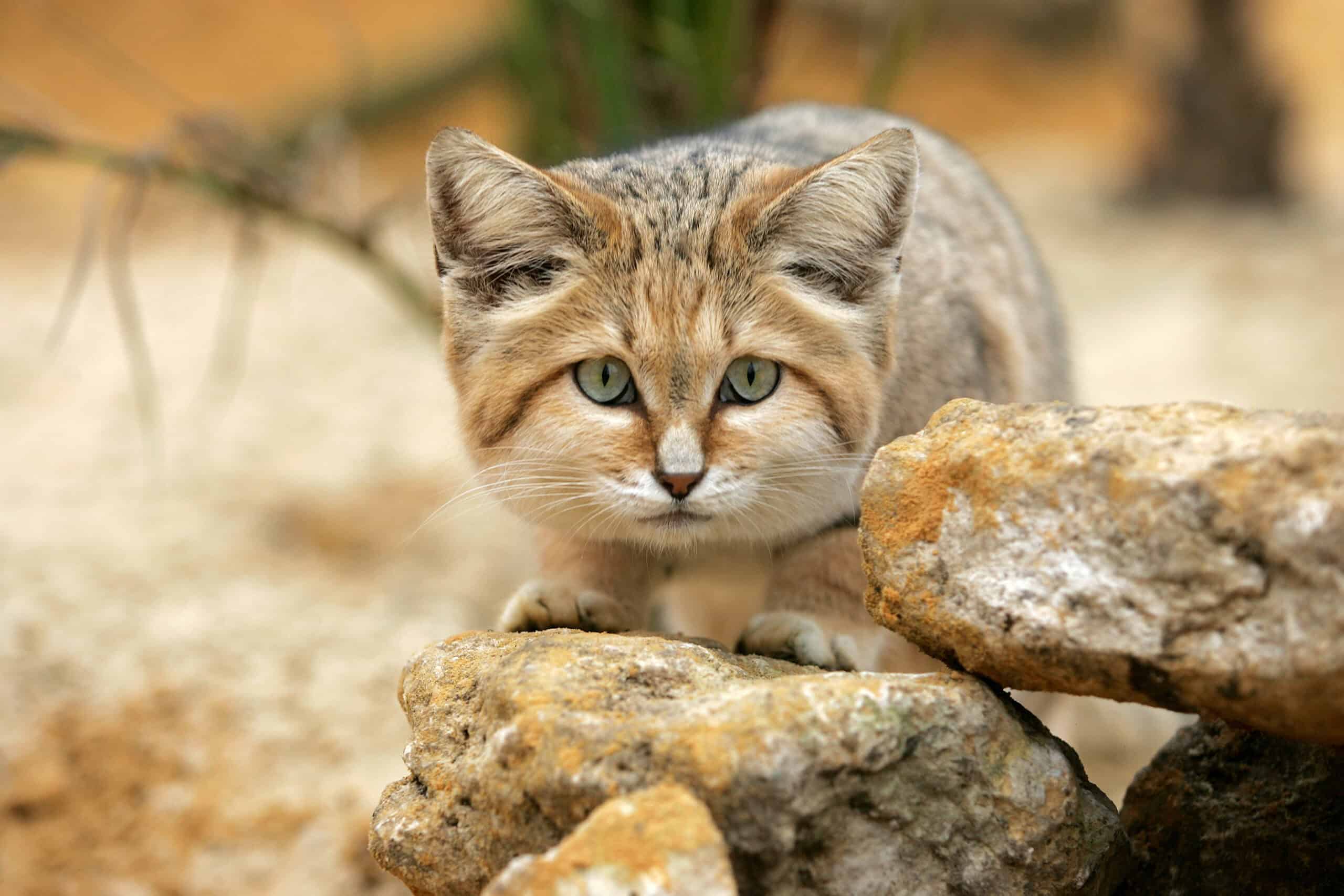
The Sand Cat is a small, elusive feline that inhabits the deserts of North Africa and Central Asia. It has a pale, sand-colored coat that blends perfectly with its surroundings. This cat has large ears, which help dissipate heat and detect prey. Unlike other cats, the Sand Cat can survive without free-standing water, obtaining moisture from its prey. It is a nocturnal hunter, feeding on rodents, birds, and insects. Its padded feet allow it to walk silently on the hot desert sand. The Sand Cat’s ability to thrive in the extreme heat and aridity of deserts is a testament to its remarkable adaptation.
Alpine Ibex
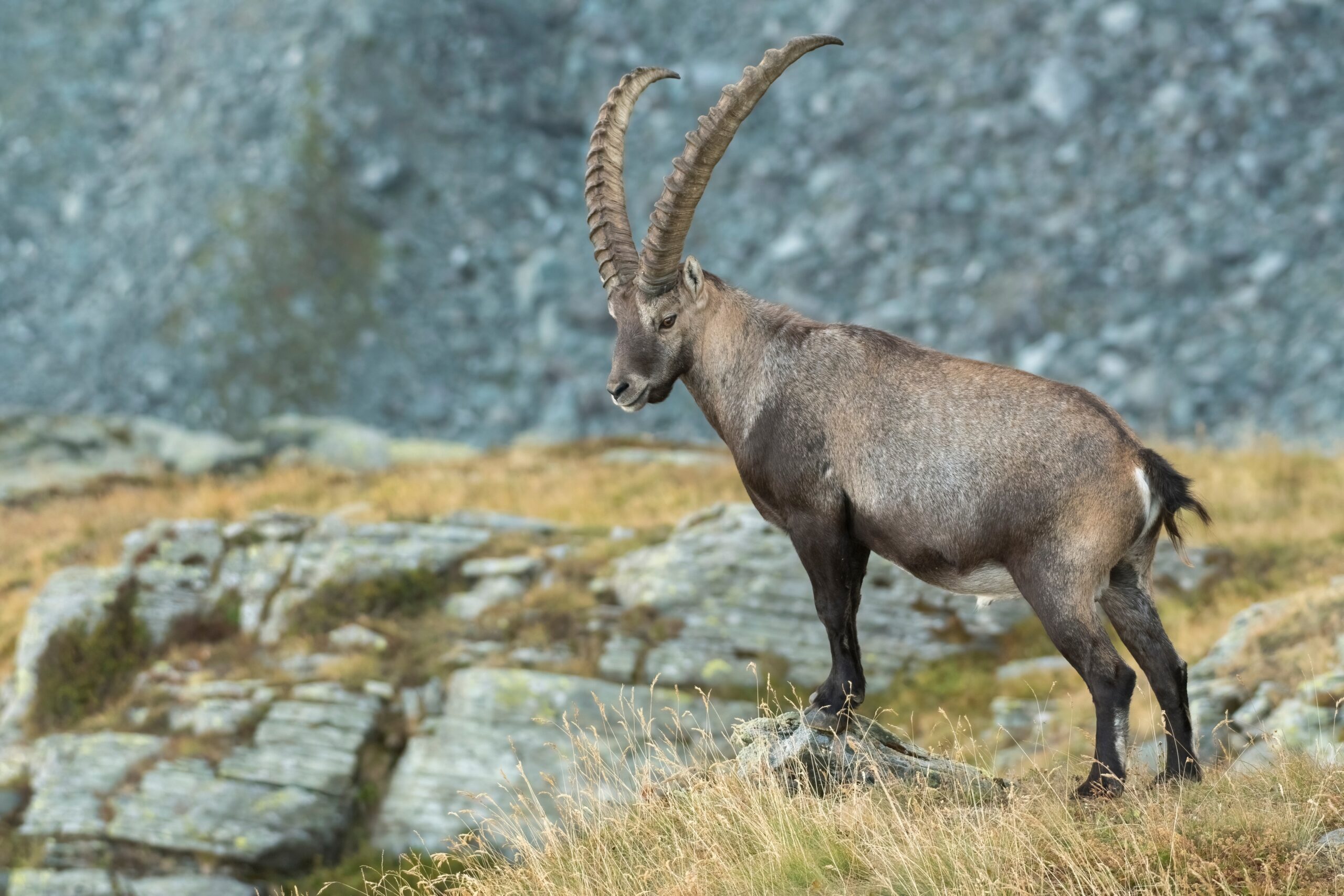
The Alpine Ibex is a wild goat species found in the mountainous regions of the European Alps. It is known for its impressive, backward-curving horns and sure-footedness on steep, rocky terrain. The ibex has a thick coat that protects it from the cold, snowy environment. It feeds on grasses, herbs, and shrubs, often grazing on steep slopes that other animals cannot reach. The ibex is a skilled climber, able to scale vertical cliffs with ease. Its ability to navigate and thrive in such a challenging environment makes it one of the most impressive mammals in the mountains.
Gelada Baboon
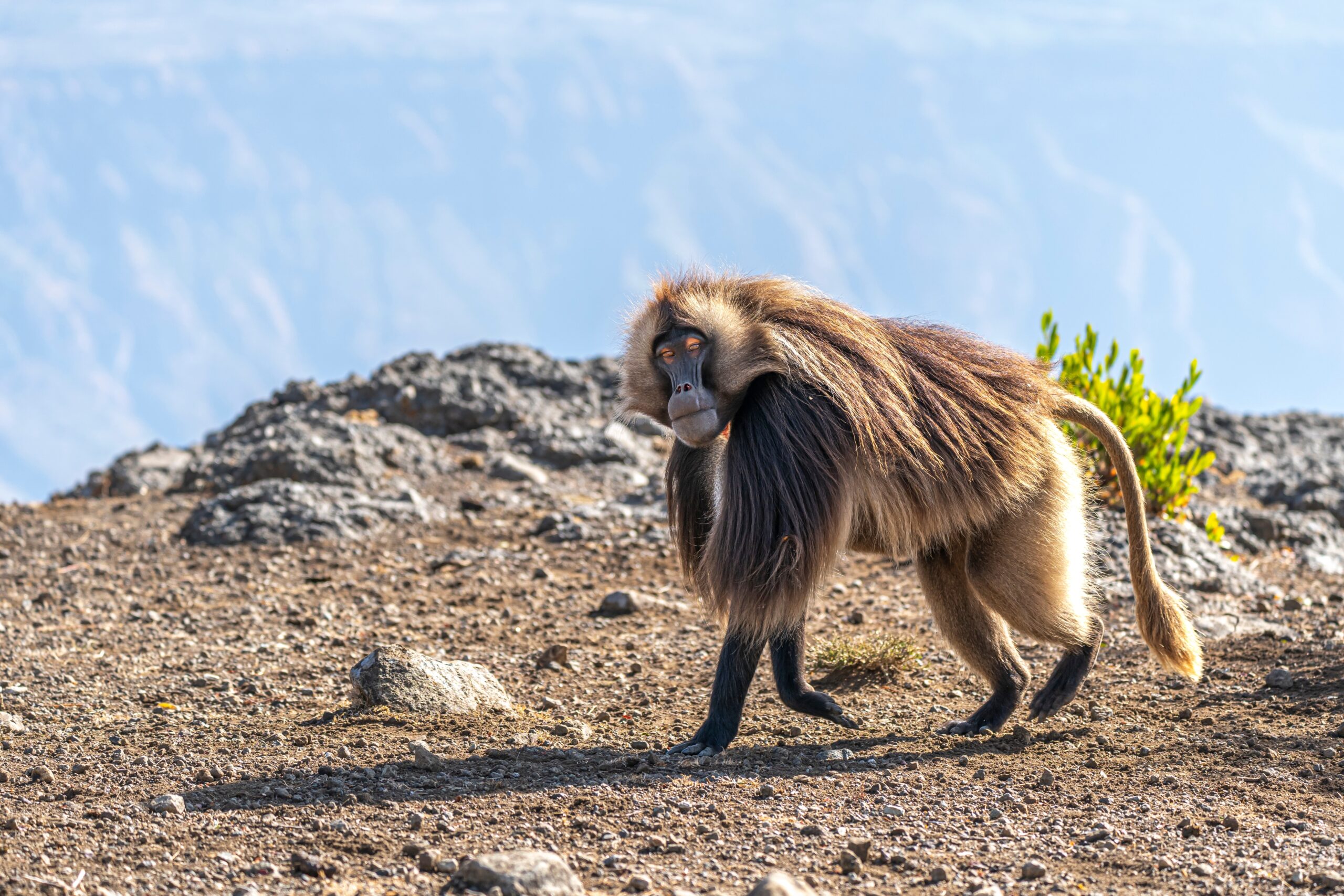
The Gelada Baboon, also known as the Gelada Monkey, is found in the highlands of Ethiopia. It is unique among primates, feeding primarily on grass. The Gelada has a thick fur coat, helping it endure the cold temperatures of its high-altitude habitat. It lives in large social groups, which provide protection against predators. The Gelada is known for its distinctive red chest patch, often referred to as a “bleeding heart.” It spends most of its time on the ground, using its strong fingers to pluck grass. Its ability to thrive in the harsh conditions of the Ethiopian highlands is remarkable.
Arctic Fox
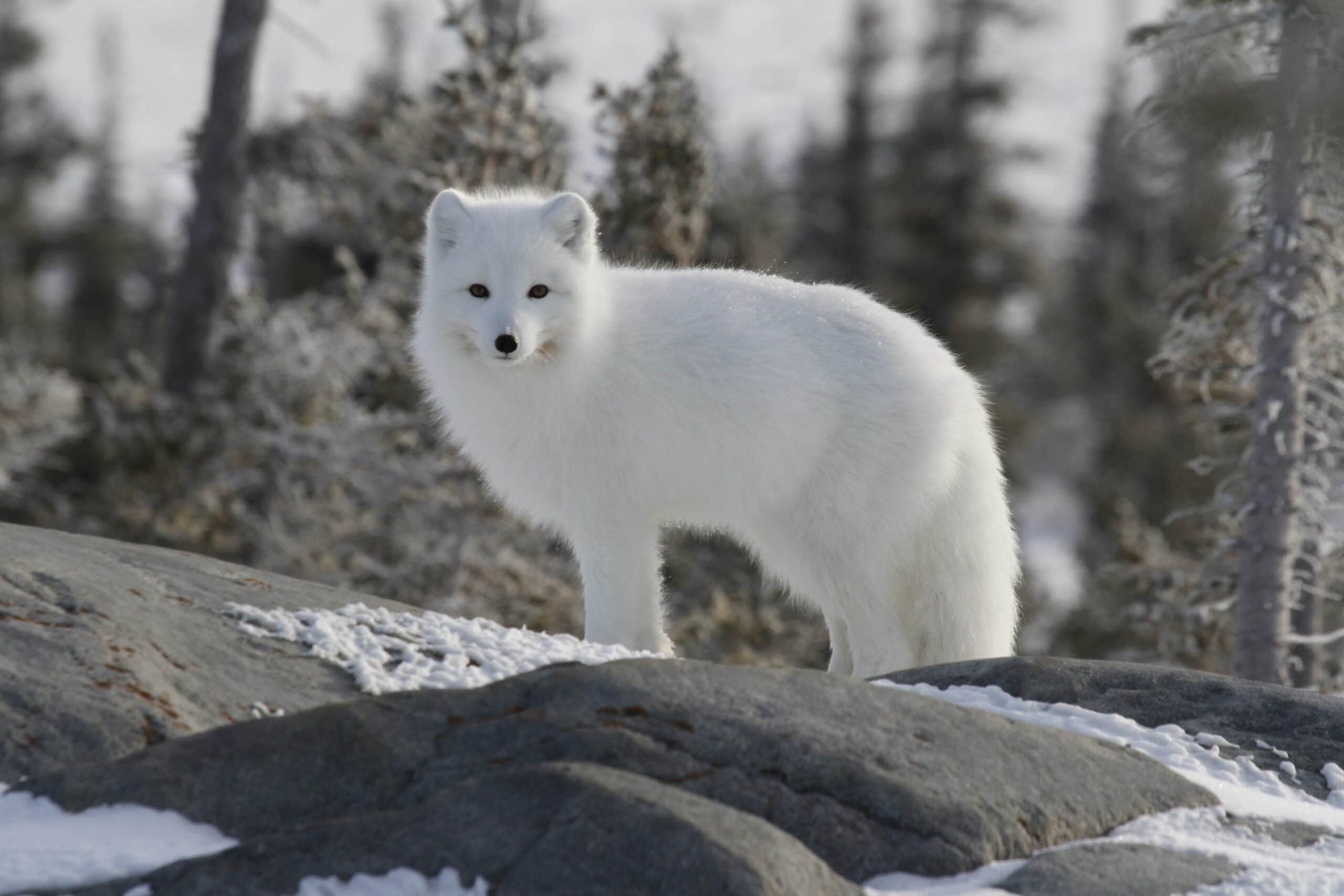
The Arctic Fox is a small mammal native to the Arctic regions of the Northern Hemisphere. It has a thick, warm coat that changes color with the seasons—white in winter to blend with the snow, and brown or gray in summer to match the tundra. This fox has a compact body, short legs, and small ears, all of which minimize heat loss. It feeds on small mammals, birds, and fish, and can survive on carrion when food is scarce. Its remarkable ability to endure extreme cold and scarcity of food makes it a true survivor in one of the harshest environments on Earth.
Himalayan Tahr
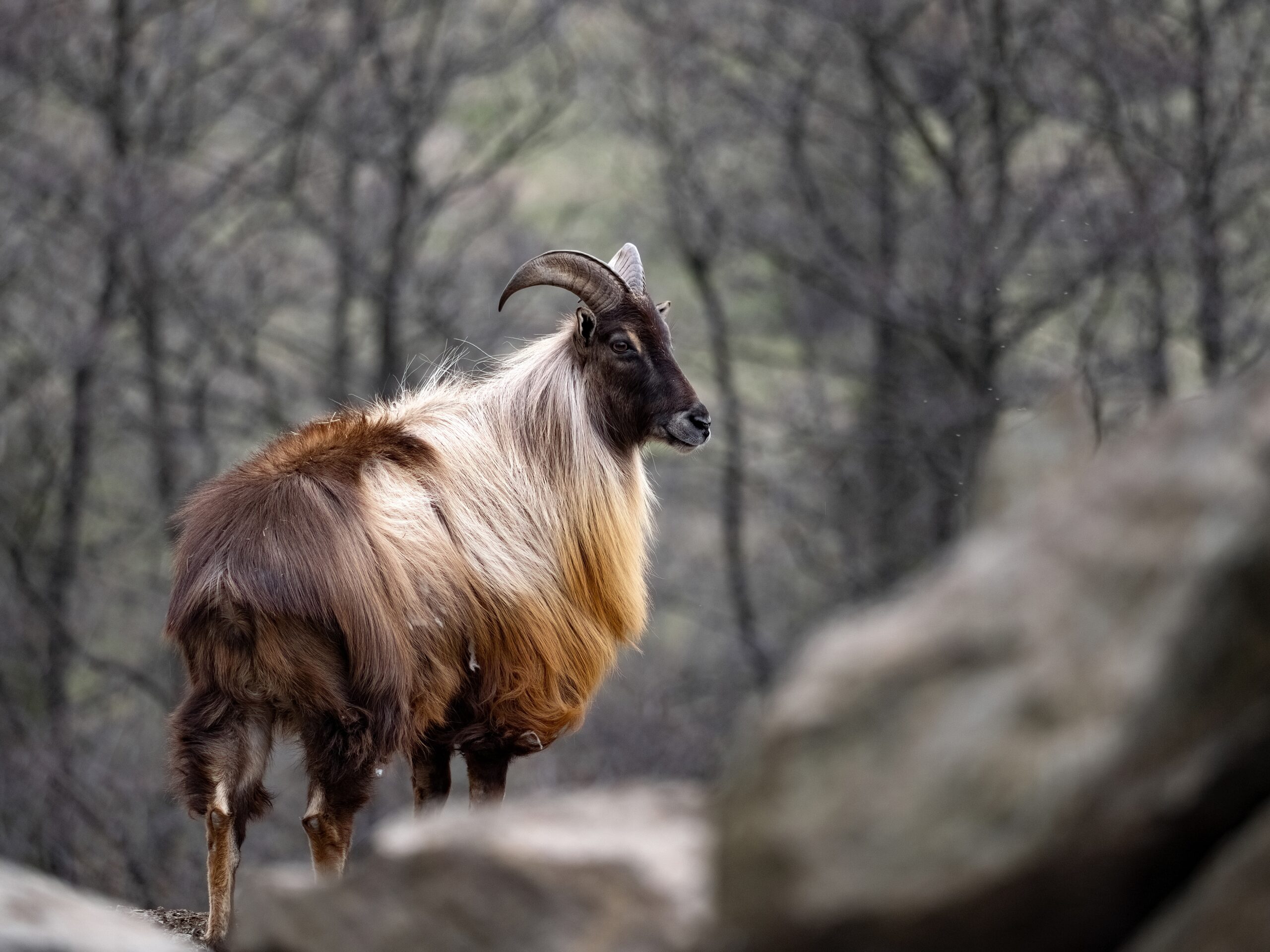
The Himalayan Tahr is a large, wild goat native to the rugged slopes of the Himalayas. It has a thick, reddish-brown coat that helps it withstand the cold temperatures of its high-altitude environment. This mammal has short, stocky legs and strong hooves, making it an excellent climber on steep and rocky terrain. The Himalayan Tahr feeds on grasses, shrubs, and herbs, grazing at altitudes where few other animals can survive. Its adaptability to the harsh, cold environment of the Himalayas is a key to its survival.
Walrus
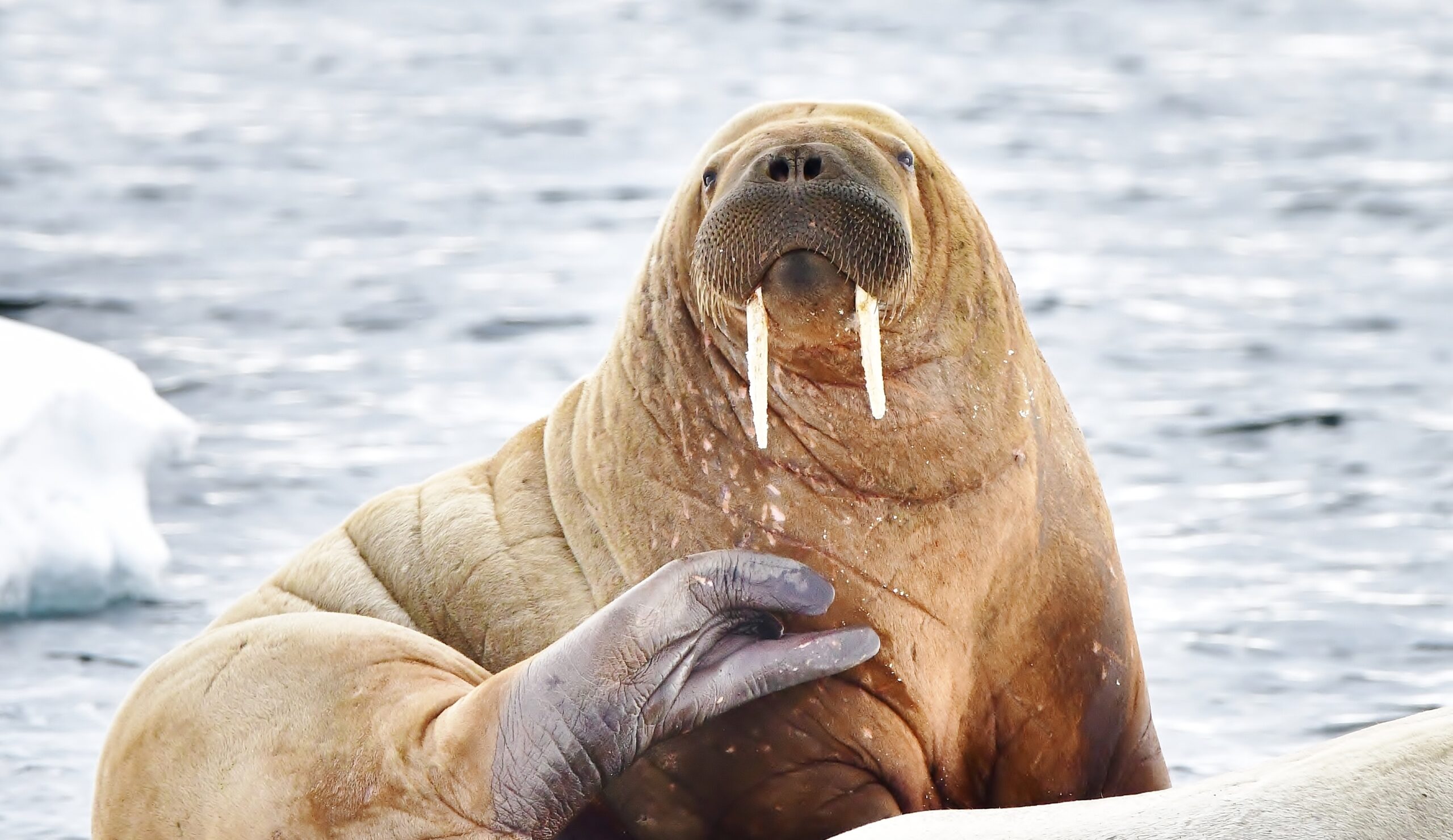
The Walrus is a large marine mammal that inhabits the cold Arctic seas of the Northern Hemisphere. It has thick, wrinkled skin, and a dense layer of blubber that provides insulation against the freezing waters. The Walrus is known for its long tusks, which it uses to haul itself onto ice floes and to defend against predators. Walruses feed mainly on mollusks, which they locate on the ocean floor with their sensitive whiskers. Their ability to thrive in the icy waters of the Arctic is due to their unique adaptations to cold, food scarcity, and predators.
Giant Panda

The Giant Panda is a large bear native to the mountainous regions of central China. It is easily recognized by its distinctive black and white fur. Despite being a bear, the Giant Panda’s diet consists almost entirely of bamboo, which it spends most of its day eating. Pandas have strong jaws and large molar teeth adapted to chewing tough bamboo stalks. Their thick fur helps them stay warm in the cool, forested mountains where they live. The Giant Panda’s specialized diet and unique adaptations have allowed it to survive in a very specific and limited environment.
Markhor
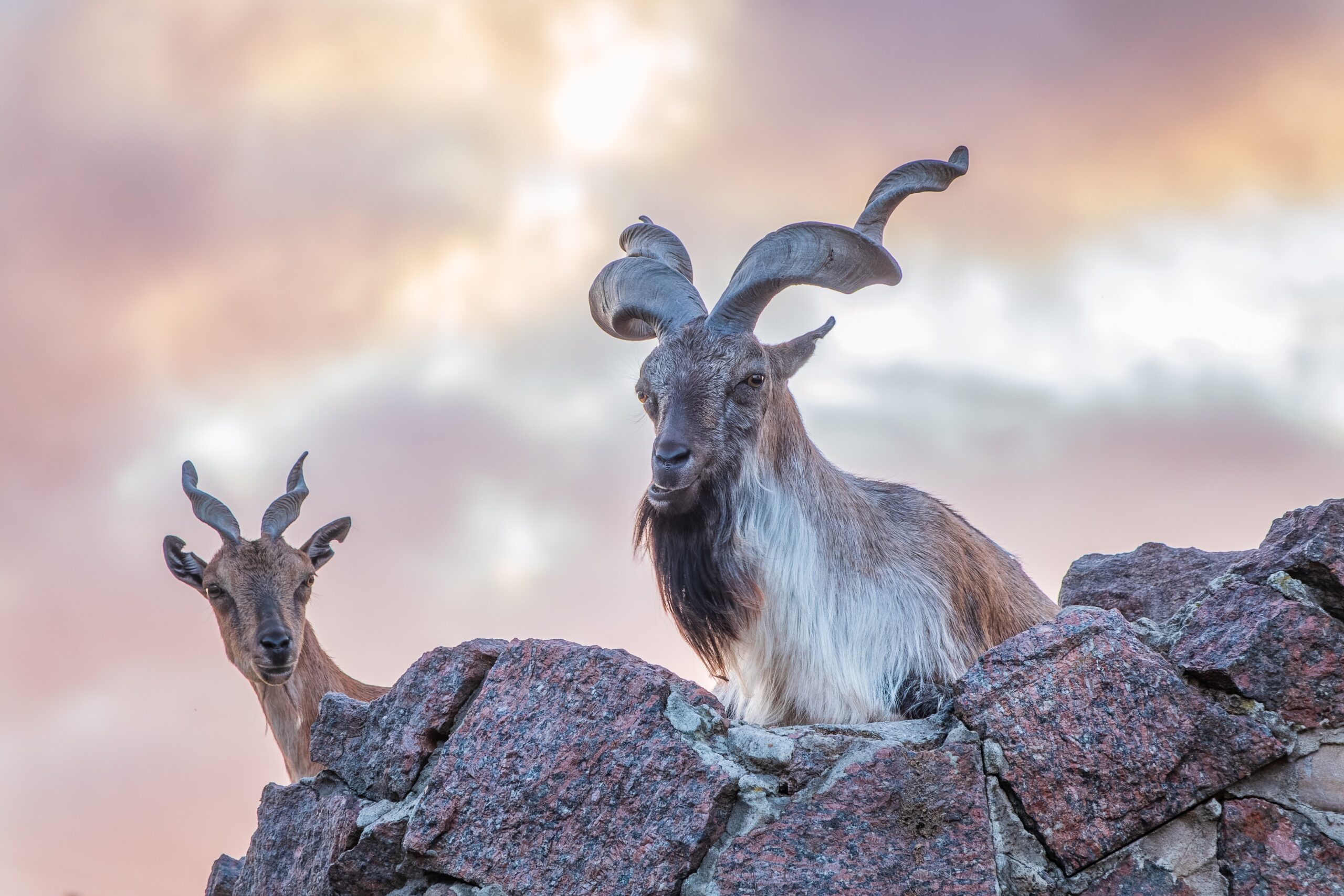
The Markhor is a large wild goat found in the mountainous regions of Central Asia. It is known for its impressive, spiraling horns, which can grow up to five feet long in males. The Markhor has a thick, shaggy coat that protects it from the cold in its high-altitude habitat. It is an agile climber, able to navigate the steep, rocky terrain where it grazes on grasses, leaves, and shrubs. The Markhor’s ability to thrive in such harsh, mountainous environments is a testament to its strength and adaptability.
Desert Kangaroo Rat
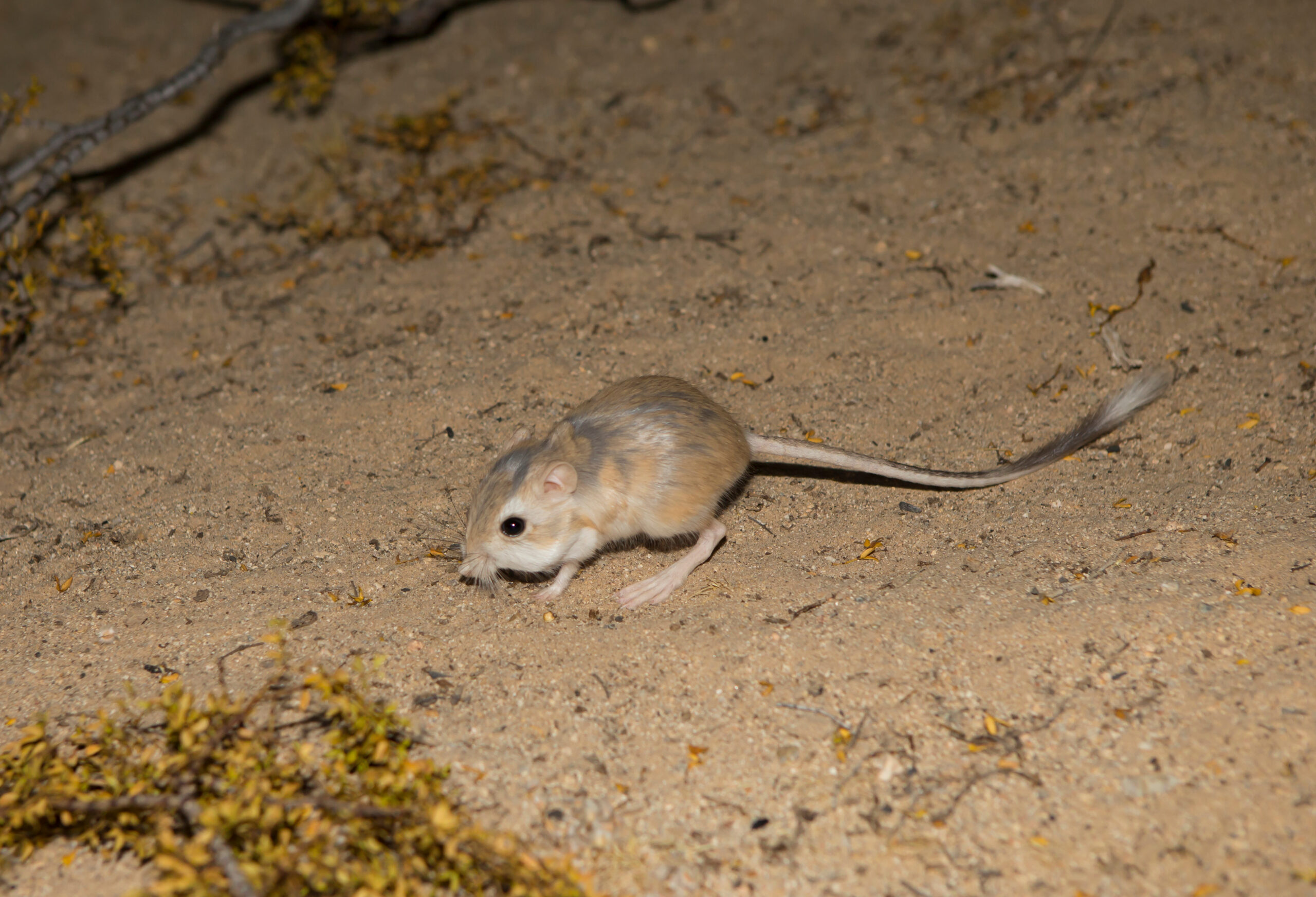
The Desert Kangaroo Rat is a small rodent native to the arid deserts of North America. It has large hind legs and feet that allow it to leap great distances to escape predators. This rat has adapted to survive without drinking water, obtaining all the moisture it needs from the seeds it eats. Its fur is light brown, blending with the sandy environment, and its large ears help dissipate heat. The Desert Kangaroo Rat’s ability to thrive in the extreme heat and dryness of the desert is a remarkable example of adaptation.
Golden Snub-Nosed Monkey
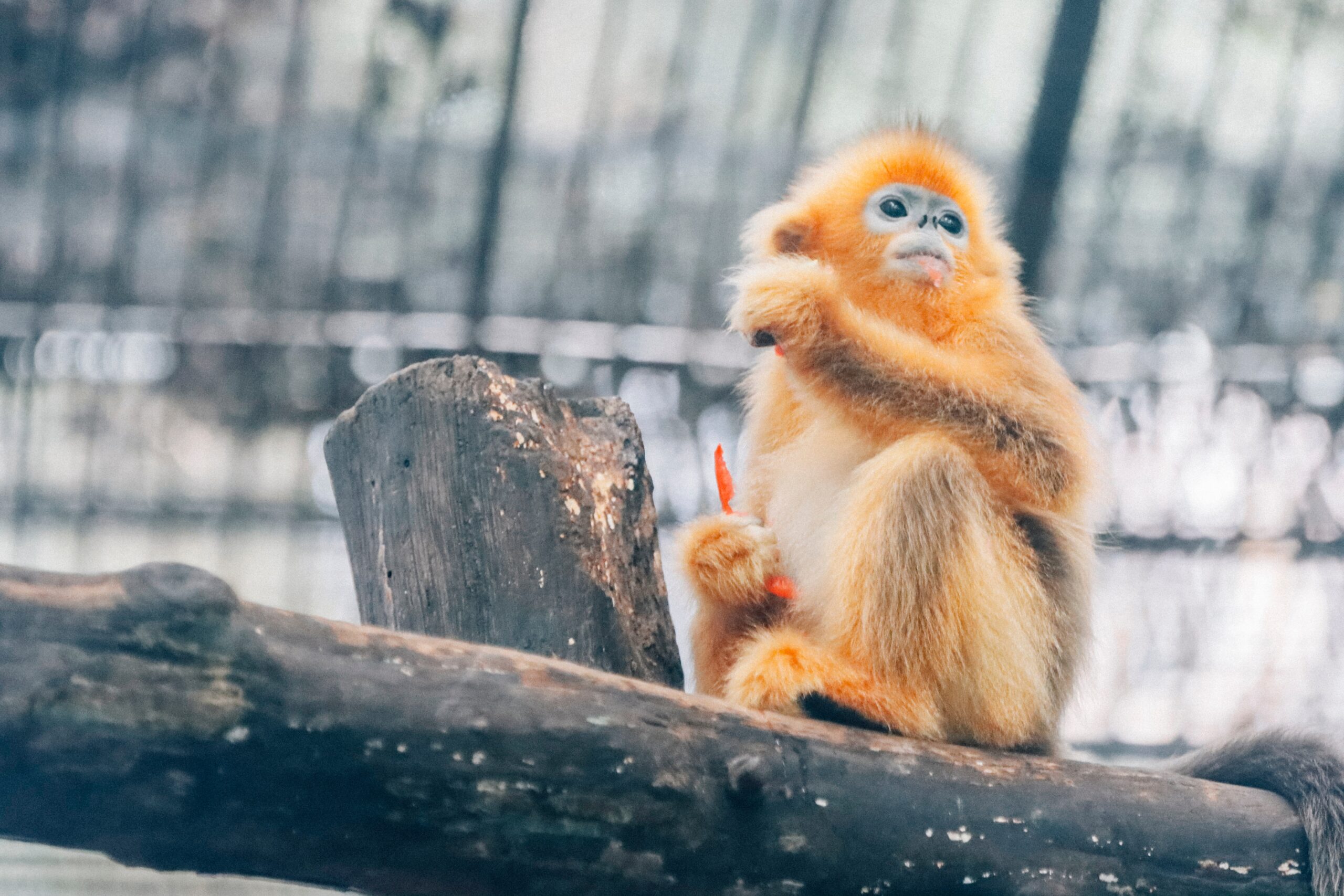
The Golden Snub-Nosed Monkey is an endangered primate found in the mountainous forests of central China. It has thick, golden-orange fur that protects it from the cold temperatures of its high-altitude habitat. This monkey lives in large social groups, which help protect it from predators. It feeds on a diet of lichens, leaves, and fruits, often foraging in the treetops. The Golden Snub-Nosed Monkey’s ability to survive in the harsh, cold, and isolated environments of its native forests highlights its unique adaptations to extreme conditions.
Dromedary Camel
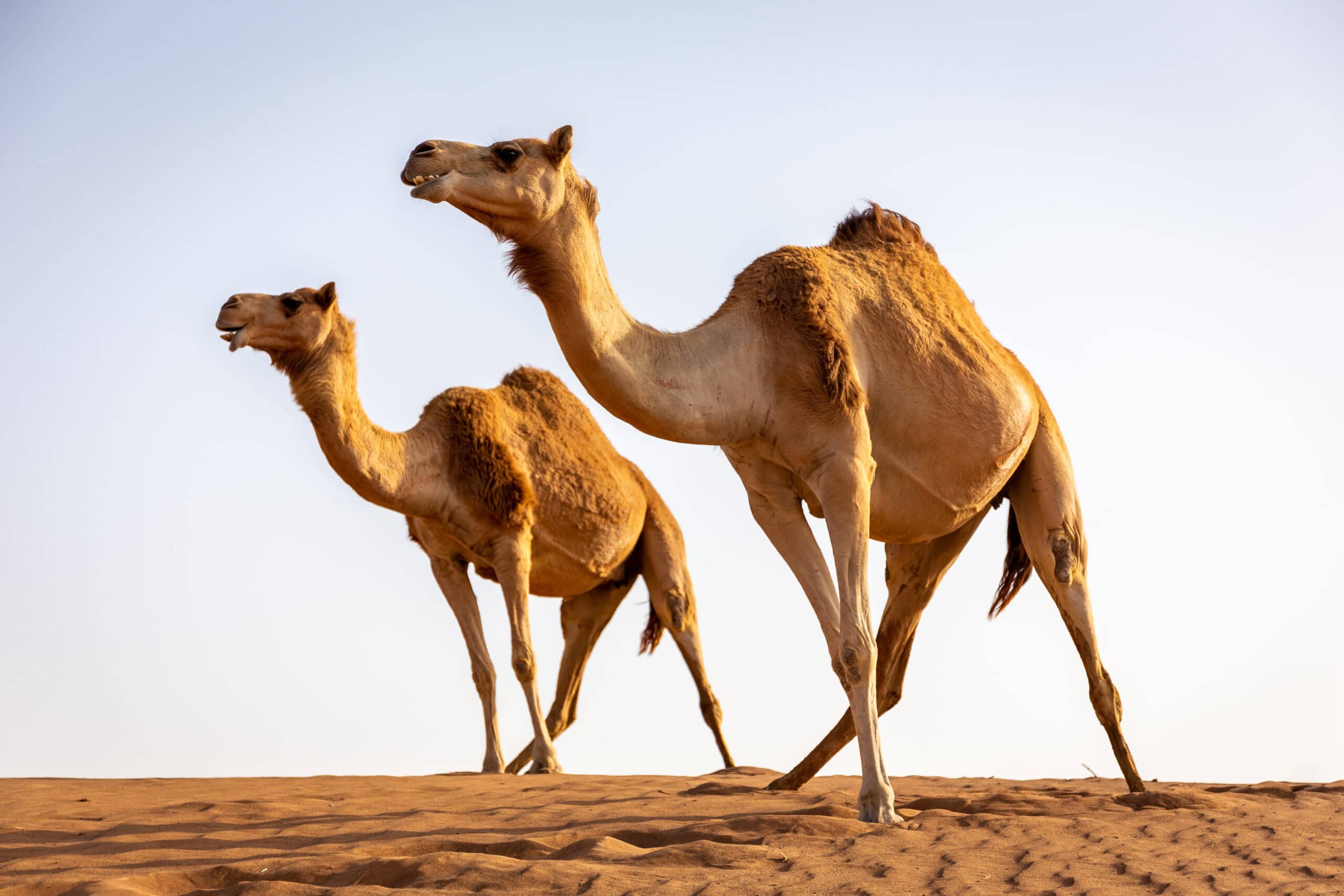
The Dromedary Camel, also known as the Arabian camel, is perfectly adapted to the harsh conditions of deserts. It has a single hump that stores fat, which the camel can convert into water and energy when food is scarce. Its long legs keep its body away from the hot ground, and thick fur on its back provides protection from the sun while sparse fur underneath allows heat dissipation. The camel’s ability to go without water for long periods and withstand extreme heat makes it a true survivor in arid environments.
Okapi
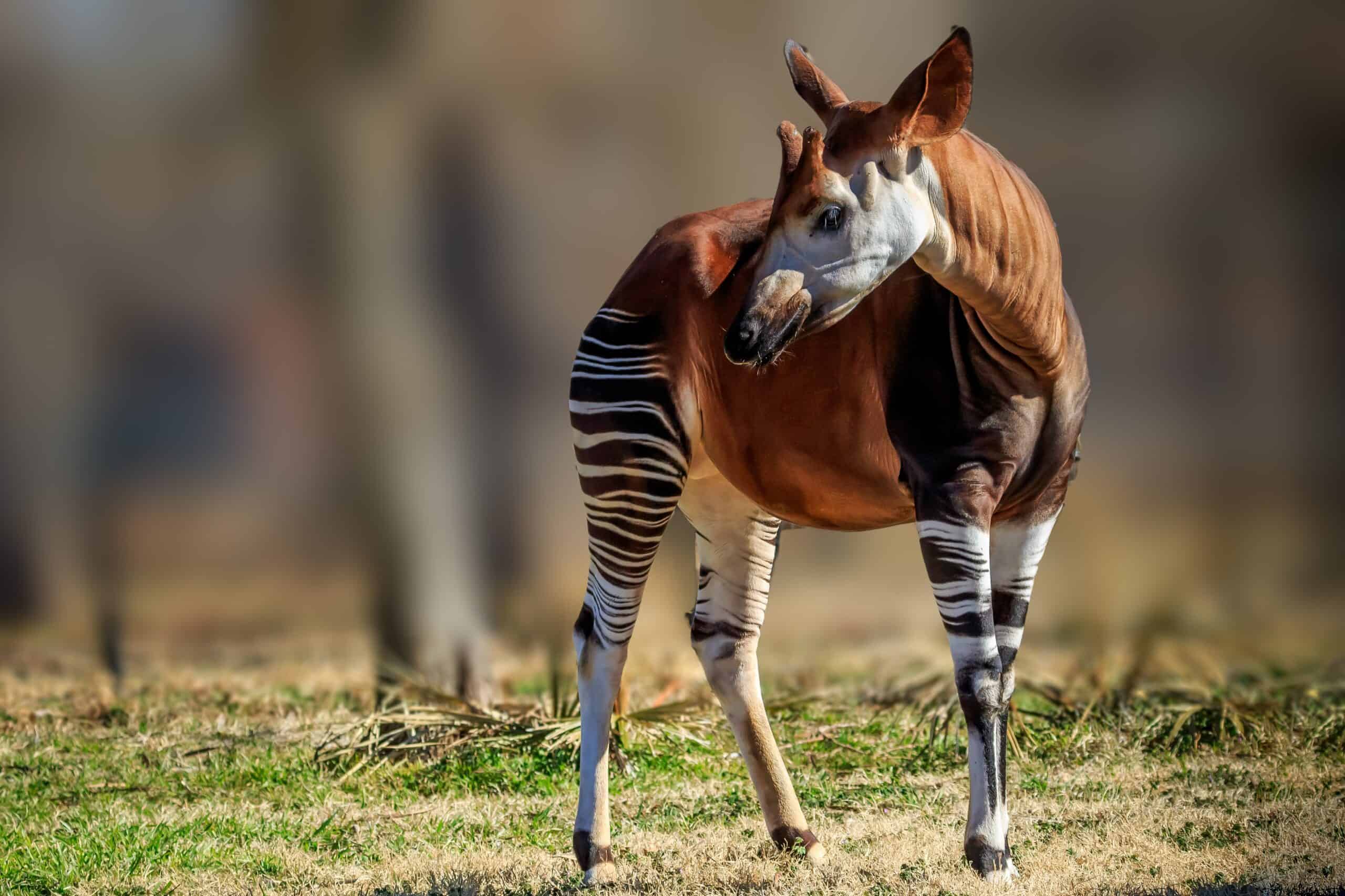
The Okapi is a mysterious mammal found in the dense rainforests of the Congo. It has a striking appearance, with a body resembling a horse and legs striped like a zebra. Despite its zebra-like markings, the Okapi is more closely related to the giraffe. Its long tongue, which can reach up to 18 inches, is used to pluck leaves and buds from trees. The Okapi’s keen sense of hearing helps it detect predators in the thick underbrush. Its ability to remain elusive and survive in such dense, dark forests is a testament to its unique adaptations.
Fennec Fox
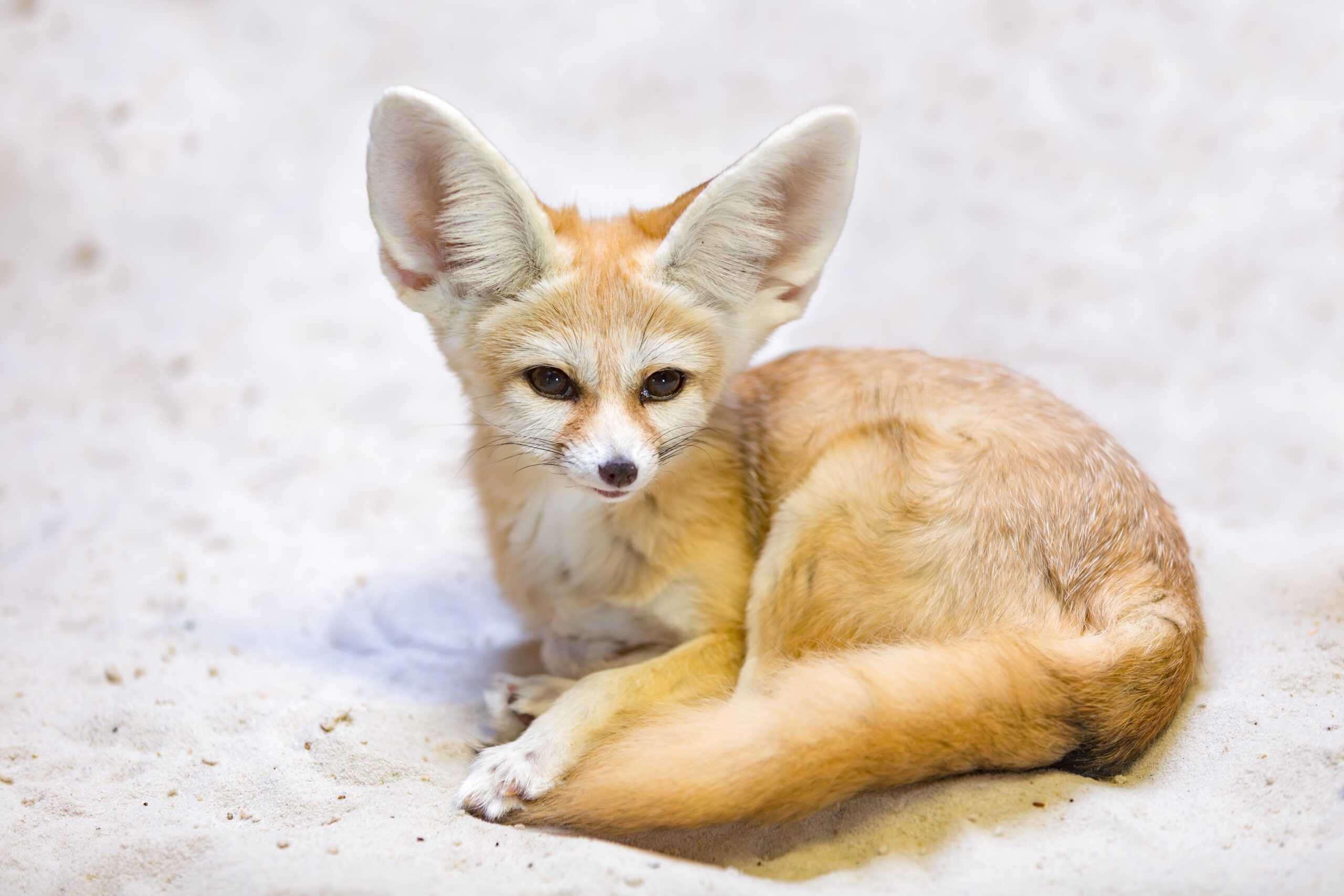
The Fennec Fox is the smallest of all foxes, native to the sandy deserts of North Africa. It has large ears, which help dissipate heat and allow it to hear prey moving underground. Its coat is thick and sandy-colored, reflecting sunlight and providing excellent camouflage in the desert environment. The Fennec Fox is nocturnal, hunting at night to avoid the extreme daytime heat. It can survive long periods without water, getting moisture from its food. Its adaptability to the extreme heat and aridity of the desert makes it a remarkable example of survival.
Aye-Aye
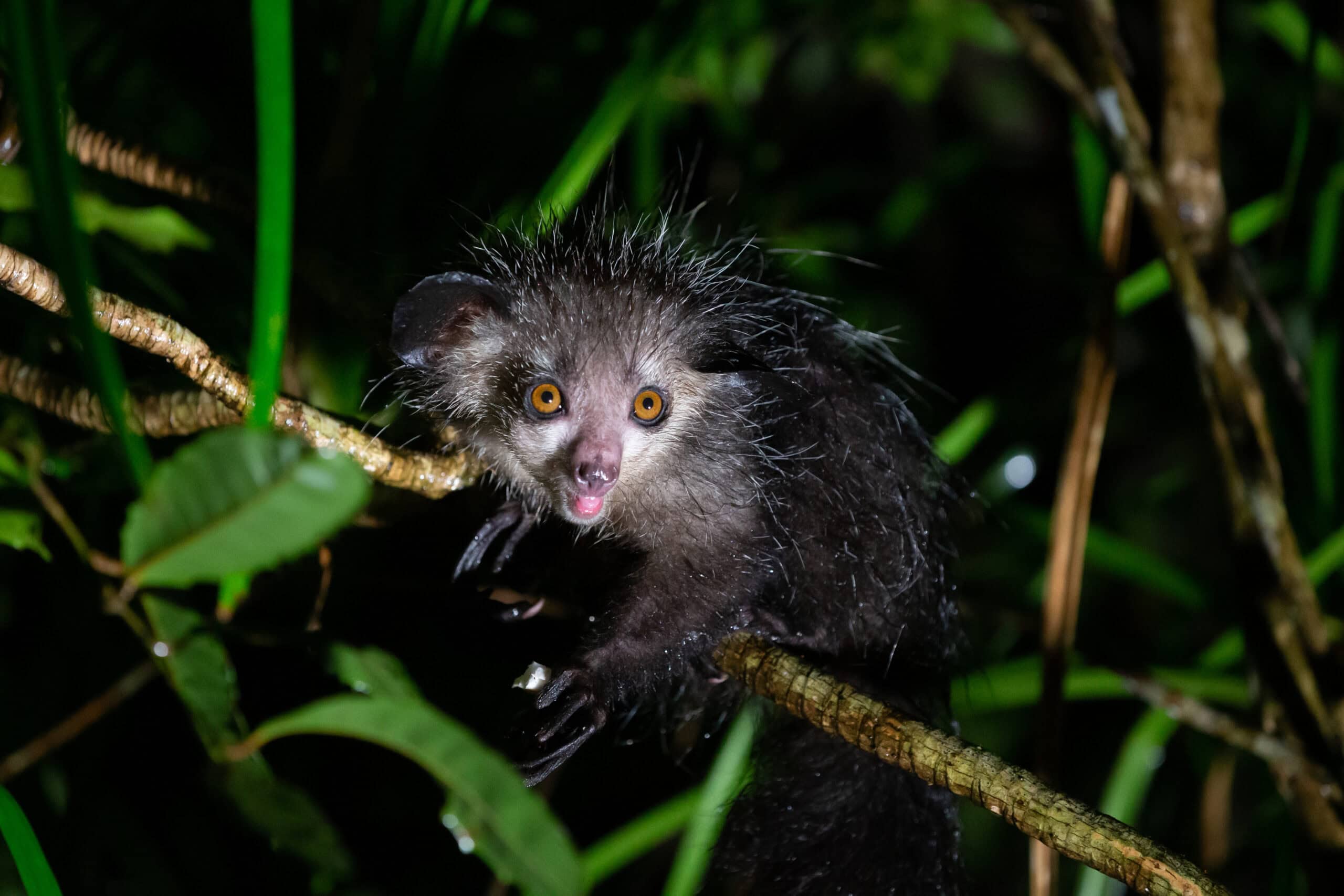
The Aye-Aye is a nocturnal primate native to Madagascar, known for its unusual appearance and behaviors. It has large eyes, which help it see in the dark, and an elongated middle finger used to tap on trees and locate insects under the bark. Once it detects movement, the Aye-Aye uses its sharp teeth to gnaw a hole and extract its prey. Its thick fur provides insulation in the cool, dense forests where it lives. The Aye-Aye’s unique adaptations allow it to thrive in the isolated and challenging environment of Madagascar’s rainforests.
Dugong
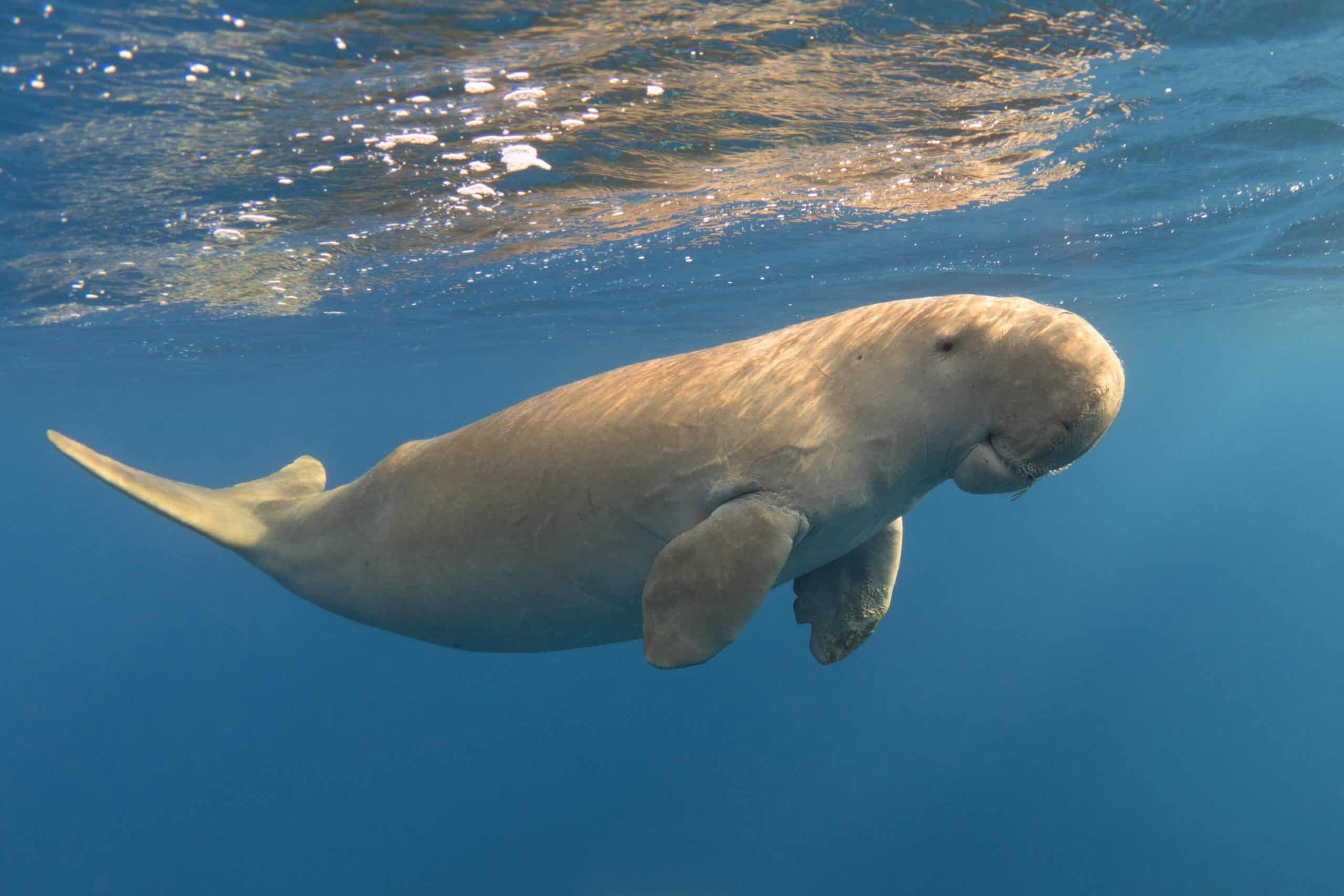
The Dugong is a large marine mammal found in warm coastal waters from East Africa to Australia, including the Red Sea and the Indian Ocean. It has a streamlined body, similar to a whale, with a thick layer of blubber that helps with buoyancy and insulation in the water. Dugongs are herbivores, feeding mainly on seagrass, which they graze on the ocean floor. They have large, paddle-like flippers and a flattened, dolphin-like tail that helps them navigate through the water. Known for their gentle nature, Dugongs can live for up to 70 years, thriving in shallow, tropical marine environments where seagrass beds are abundant.
This article originally appeared on Rarest.org.
More from Rarest.org
1953 Wheat Penny Value Guide

The Lincoln cent, also known as the Lincoln penny, has a face value of $0.01. The U.S. Mint has struck this coin since 1909. Read More.
1946 Washington Quarter Value Guide

The Washington quarter is the current 25-cent piece of the United States. But did you know that it should have been issued for just a year, only in 1932? Read More.
1943 Jefferson Nickel Value Guide

The 1943 Jefferson nickel is a war nickel. Normally, the nickel coin contains 75% copper and 25% nickel. Read More.
